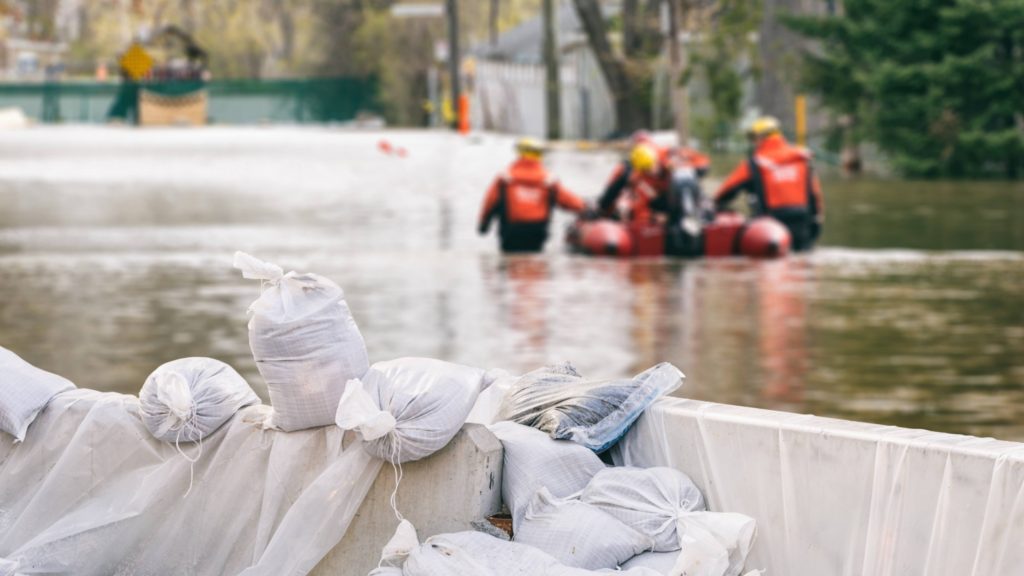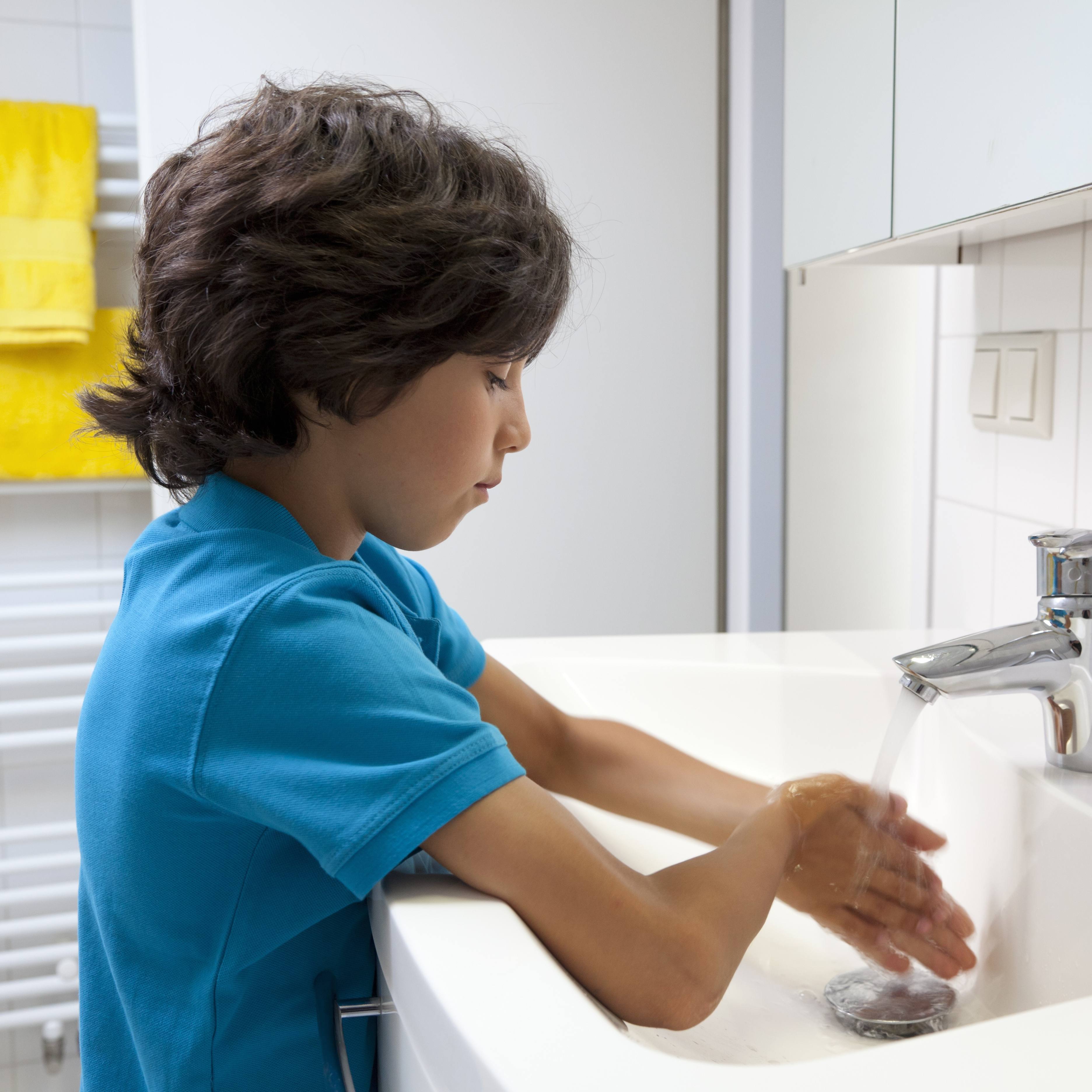
As Hurricane Ida moves inland through the southern portion of the U.S., experts are warning people to be cautious after the storm. One of the most common consequences after a storm is the loss of electricity, which increases the possibility of safety concerns and health issues.
For instance, Dr. Michael Boniface, a Mayo Clinic emergency medicine physician, says that precautions need to be taken when operating a portable generator to eliminate the risk of carbon monoxide poisoning.
"Generators are extremely useful," says Dr. Boniface. "However, some generators have older, incomplete combustion, which will result in carbon monoxide and other dangerous exhaust. They should only be operated outside in well-ventilated areas because we do see an increase in incidents of carbon monoxide exposure during and after storms."
Symptoms of carbon monoxide exposure can be subtle and gradually progress so you don't know there's a problem until it's too late, Dr. Boniface adds. Carbon monoxide exposure can result in nausea, headaches, fatigue, sleepiness, and death.
"In particular, if you notice that more than one household member ― and even your pets ― are experiencing unusual symptoms, you need to get to a safe, well-ventilated space and call emergency services to come to investigate," Dr. Boniface says.
Journalists: Broadcast-quality video sound bites from Dr. Boniface are in the downloads at the end of the post. Please courtesy: "Michael Boniface, M.D. / Emergency Medicine / Mayo Clinic."
Also, never operate a grill inside your house or another poorly ventilated area. "In addition to the risk of carbon monoxide and other fume exposures with grilling, there is an increased risk of burns. I recommend if you are going to grill, use an electric starter," says Dr. Boniface.
Practice other safety measures
"Floodwaters and standing water are big contributors to injury, illness and death following a storm," says Dr. Boniface. Aside from the risk of drowning, he says it's often hard to see what's beneath the surface.
Dr. Boniface says chainsaw wounds are also among the injuries that spike during storm cleanup. "Skin lacerations and punctures are common, as are injuries caused by falls," says Dr. Boniface.
And Dr. Boniface says people should try to dress appropriately for storm clean-up. "This includes long-sleeved shirts, closed-toe shoes, thick leather work gloves if you're going to be picking up debris." He adds that a mask should be worn, especially in areas where dust or mold may be present.
First-aid basics after the storm
- Antibiotic cream or ointment
- Bandages and gauze
- Facemasks
- Disinfecting wipes or hand sanitizer
- A supply of any prescription medications
- Bug repellent
- Sunblock
____________________________
Another safety measure to consider is staying hydrated. Drinking enough fluids, especially water, can prevent dehydration and heat illness while doing the strenuous work involved in hurricane recovery.
The early stages after the storm may mean a lack of water and electricity. Without power, refrigerated food may spoil, putting people at risk of a foodborne illness like salmonella.
Without access to clean water, Dr. Pritish Tosh, a Mayo Clinic infectious diseases specialist, says, "Bacterial risks increase for E. coli, Shigella, other types coliform bacteria — things that normally you would see in stool and can cause diarrheal diseases. In an aftermath of a natural disaster, such as a hurricane, people may be tempted just to drink whatever water they get their hands on, assuming it's safe or not knowing what the consequences could be."
If bottled water is not available, Dr. Tosh says one minute of a rolling boil is sufficient to kill bacteria in water.
Learn more:
- Centers for Disease Control and Prevention
- Federal Emergency Management Agency
- Department of Homeland Security
- "Mayo Clinic Minute: Stay safe after storm cleanup"
- "Mayo Clinic Minute: Staying hydrated during hurricane recovery"
Related Articles






